Barcelona has a Secret
In the shadow of Barcelona’s Palau Nacional, near the former bullring of the Plaza Espanya, you can find one of the city’s best kept architectural secrets:
Ludwig “Less is More” Mies van der Rohe’s celebrated “Barcelona Pavilion”
The pavilion, one of the masterpieces of modernist architecture, was constructed in 1929 for the International Exhibition at Barcelona as a showpiece for the cultural ambitions of the interwar Republic of “Weimar” Germany and her belief in progress and modernity.
Using simple forms and expensive materials, Mies designed the pavilion as an “island of tranquility” in the middle of what he expected to be a very busy exhibition.
The pavilion was not to be used as a space for exhibitions – or anything else, as a matter of fact, which is why it may be more correctly seen as a sculpture than as a building in the conventional sense of the word. (The pavilion was torn down after the fair ended and rebuilt in the mid 1980s, in strict accordance with Mies’s old plans.)
Barcelona, of course, is the city of Gaudi, the chief proponent of modern architecture’s “more is not nearly enough” school of garish excess. Not long ago, Gaudi’s works were considered interesting but deeply flawed, the Ubu Roi of architecture, while modernism, the “International Style”, was confidently expected to provide the cityscapes of the future.
The tables have since turned, and while Gaudi may now be the world’s most popular 20th century architect, modernism has been largely discredited.
But the Barcelona Pavilion reminds us that modernism still has the power to move us deeply – and that, perhaps, its decline is based on a misunderstanding. It may be true, after all, that modernism works best on a small or even an intimate scale – despite what many of us, including most of the modernist architects themselves, have for so long believed.
Discover more architecture in Barcelona HERE.

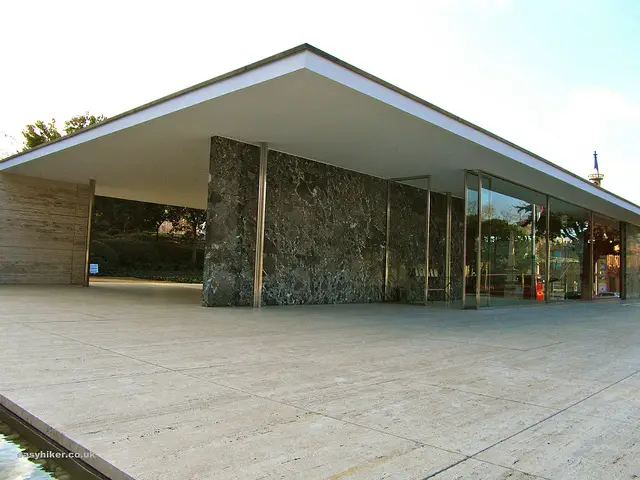
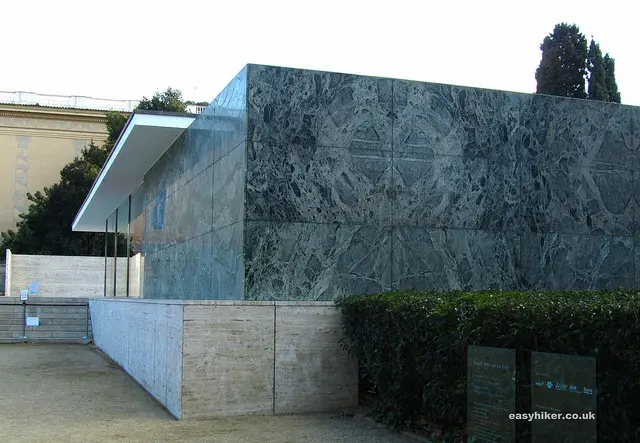
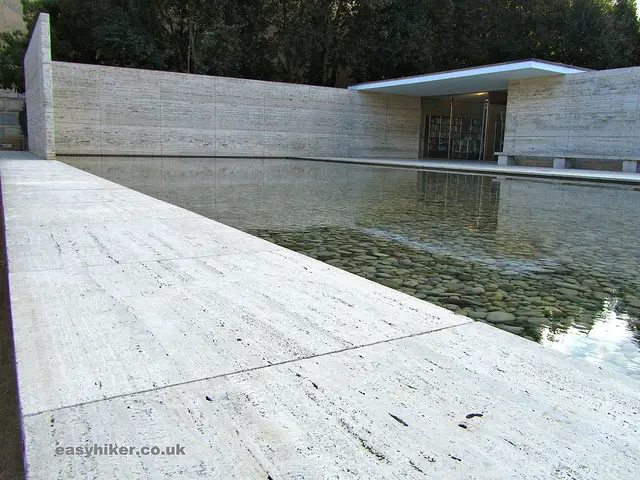


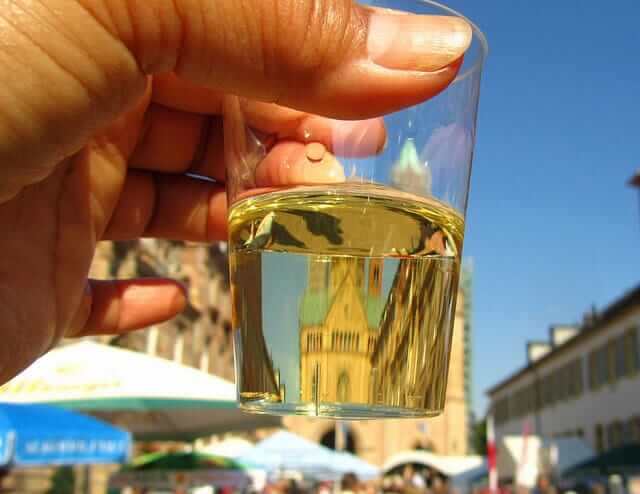
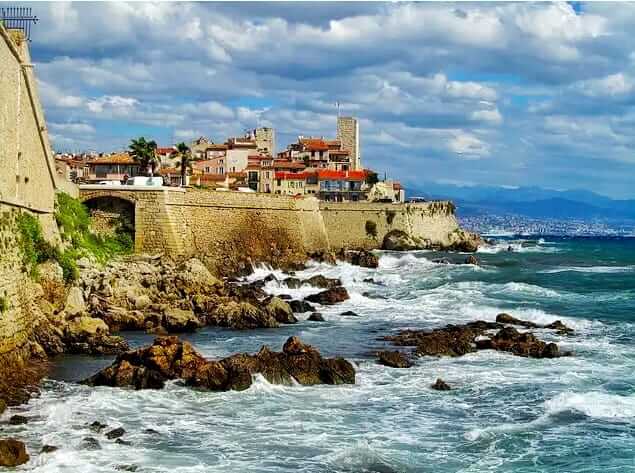


Modernism is a reaction to an increasing fast pace at which life is changing and evolving. This exponentially increasing rate of change will most certainly keep the idea of modernism well connected in society and could perhaps bring us to the Jetson age and flying bubble cars. And if modernism works in a small scale then certainly nanotechnology will have an effect on the modernism movement. For example, an artist could conceivable construct and create art from nanotechnology. That would be a sight to see!
Glad I found your blog as I’ll be in Barcelona April 2012. I didn’t see Barcelona Pavilion in my travel book so it really must be a secret. I’ll check it out. Thanks for the tip.
Enjoy your stay in Barcelona, Laurence. We certainly did.
A happily timed post, as I’ll be heading to Barcelona next month :D Thanks for sharing!
I agree with Jeremy, the contrast is very striking! I’m not sure I’m a fan of Modernism but if in Barcelona I would go see for myself!
Isn’t the pavilion gorgeous? I was lucky enough to be in Barcelona with an architecture buff, so she really helped me appreciate it all! Also, the modern art museum is a really great contemporary building.
Darn, I missed it. I was too busy checking out the Gaudi buildings. Yet another reason to go back.
Agree with Jeff – very FLW. Lovely. :)
You’re welcome, Cathy.
It was a well-kept secret after all, Jeremy.
I can honestly say I didn’t know anything about the Pavilion. What an interesting contrast to Gaudi’s style!
Gaudi and Mies van der Rohe — such a contrast. I’ve long been a fan of van der Rohe, especially since I’m a native of Chicago. Would love to see the Barcelona Pavilion. Thanks for sharing the secret. :)
Yes, that’s very true, Jeff. Very similar. Well observed.
I am so happy they restored the pavilion according to original specs. It’s hard to believe that this was designed and built in 1929. Amazing…looks very Frank Lloyd Wright too. Your pics are gorgeous!